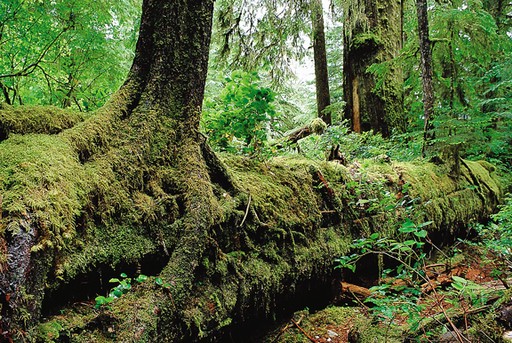Effectiveness of GIS in assessing

 GRIZZLY BEAR HABITAT
GRIZZLY BEAR HABITATIn the Central Coast of British Columbia.

 GRIZZLY BEAR HABITAT
GRIZZLY BEAR HABITAT Research on this subject is dominated
by vector based analysis reducing the opportunity to compare this research
methodology with other raster base GIS grizzly bear habitat models.
The use of vector based studies allows for criteria to be more easily established,
including road density and percent of logging in a watershed. Furthermore,
many researchers argue that the level to look at grizzly bear habitat
is the watershed because grizzly bear are mobile animals with large home
ranges and diverse habitat requirements.
Research on this subject is dominated
by vector based analysis reducing the opportunity to compare this research
methodology with other raster base GIS grizzly bear habitat models.
The use of vector based studies allows for criteria to be more easily established,
including road density and percent of logging in a watershed. Furthermore,
many researchers argue that the level to look at grizzly bear habitat
is the watershed because grizzly bear are mobile animals with large home
ranges and diverse habitat requirements.